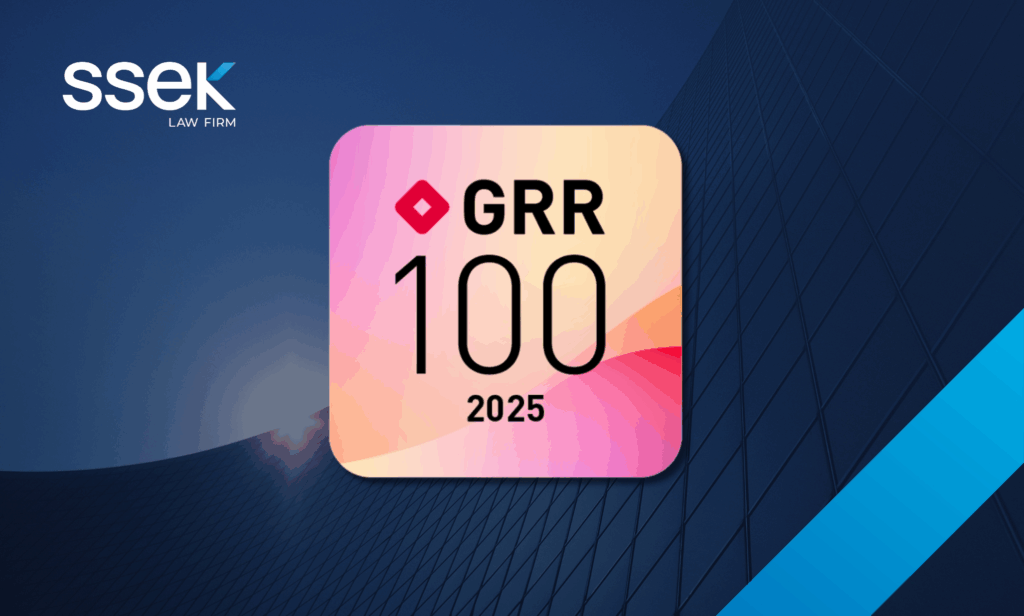Indonesia – Tax Case Law: Benchmarking As A Basis Of Tax Recalculation.
In the past, Indonesia primarily relied on specific anti-avoidance rules under Article 18 of the Law No. 7 of 1983 on Income Tax as amended from time to time (“Income Tax Law”). However, the absence of general anti-tax avoidance provisions often hindered Directorate General of Taxes’s (“tax authority”) efforts to curb tax avoidance, as many cases failed to meet the strict criteria set by the specific rules. This limitation is illustrated in the case below. To address this gap, the government issued Government Regulation No. 55 of 2022 on the Adjustment of Regulations in the Field of Income Tax (“GR 55/2022“). This regulation not only aims to harmonize existing tax provisions for greater legal certainty but also introduces broader and more comprehensive anti-avoidance measures
It is in line with the objectives of Pillar I of the Two-Pillar Solution, introduced in May 2019 by the OECD/G20 Inclusive Framework (IF), which aims to prevent multinational enterprises from shifting profits to low-tax jurisdictions.
Case Background
Tax Court Decree No. PUT-000376.13/2024/PP/M.XIVA of 2025 concerns the recalculation of taxable income. In this case, the Taxpayer assessed the fairness of the purchase price for goods acquired from affiliated parties using the Transactional Net Margin Method (TNMM). However, the tax office determined that an alternative method, i.e., the Cost-Plus Method, should be utilized in this specific case. Consequently, the tax office issued secondary adjustment calculations, which subsequently led to a dispute between the taxpayer and the tax office.
The tax authority assessed based on an analysis of functions, assets, risks, business characteristics, and comparability, the greatest transfer pricing risk lies at the gross profit level. As a result, the transfer pricing test was carried out using the Cost-Plus Method, which focuses on gross profit, rather than the Transactional Net Margin Method (TNMM), since TNMM can be distorted by differences in operational costs across companies. The tax authority used 17 potential comparable sourced from the Directorate of Tax Audit and Collection and selected 3 companies to perform the business fairness and customs test. It was found that the Taxpayer’s gross profit margin of 4.15% fell outside the acceptable interquartile range, which had a lower bound of 8.28%.
The tax authority is of the opinion that profit shifting through disguised dividends based on the value of affiliated transactions that do not comply with the PKKU is suspected, resulting in the gross profit of the appellant being far below the gross profit of companies similar to the appellant. The unreasonable price difference in affiliated transactions is considered a company expense for shareholder needs, which is charged as a company cost, through constructive dividends.
The tax authority is of the view that there is a suspicion of profit shifting through disguised dividends, arising from affiliated transactions that do not comply with the Principle of Fairness and Business Custom. As a result, the Taxpayer’s gross profit is significantly lower than that of comparable companies. The price discrepancy in these affiliated transactions is deemed unreasonable and is considered an expense incurred for the benefit of shareholders, improperly charged as a Taxpayer’s expense, and thus constitutes a form of constructive dividend. However, the Taxpayer argues that the respondent relied on a company example with different business activities and located abroad, which follows different accounting standards that may lead to variations in Cost of Goods Sold.
Based on the above, the tax authority made a primary adjustment to the Cost of Goods Sold, resulting in a revision of the taxable income subject to tax under Article 26. In accordance with Article 18(3) of the Income Tax Law, the tax authority is authorized to re-assess income and deductions, reclassify debt as equity, and determine transaction prices between related parties based on the Principle of Fairness and Business Custom.
The tax authority’s argument was challenged by the taxpayer stating among others (i) the comparables companies selected by the tax authority were not apple to apple comparison against the taxypayer’s business, (ii) the correction should not be accumulated in the December tax fiscal month since the purchase from affiliated parties in December only constitute small portion of the taxpayer’s overall transaction.
COURT DECISION
The court seems to agree with the taxpayer’s argument as the tax authority’s correction to the corporate income tax was overturned in Decree No. PUT-008018.15/2023/PP/M.XIVA of 2025, dated 21 February 2025, on the grounds that it was not supported by sufficient evidence. Furthermore, the court states that concerning the adjustment of the Taxpayer’s affiliated purchase transactions, the tax authority’s correction failed to indicate the element of tax avoidance and did not apply corresponding adjustments to domestic affiliated transactions.
The judge ruled that the core issue in this appeal dispute was the correction of income. The correction to Article 26 income tax was a secondary adjustment to the correction to corporate income. Consequently, the correction to the Article 26 income tax was also annulled. The judge concluded that the income tax correction lacked sufficient basis and was not supported by tax provisions, rendering it untenable.
COMMENTARY
In the aforementioned case study, it is evident that the tax authority employs the benchmarking method (as also regulated under PP 55/2022) to assess taxpayers who exhibit unusual losses. However, the tax court’s decision has demonstrated that the presence of unusual losses in comparison to similar entities alone cannot constitute a valid basis for income or tax adjustments.

For further information, please Contact:
MetaLAW, Legal Consultant, Jakarta, Indonesia
general@metalaw.id





